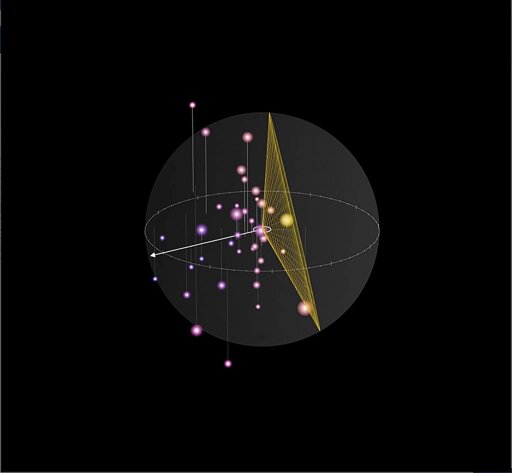…According to the standard cosmological model, small galaxies merge over time in a chaotic process to form larger ones, leaving behind swarms of faint dwarf galaxies that orbit massive host galaxies in an almost random arrangement…Instead of being randomly spread around their host galaxy, as the standard model of cosmology predicts, over 80% of these dwarf galaxies are concentrated on one side of the Andromeda galaxy…Specifically, all but one of Andromeda’s satellites lie within 107 degrees of the line pointing towards the Milky Way, a region covering only 64% of the host galaxy’s surroundings…“We have to look at more than three hundred simulated systems to find just one that is similarly extreme in its asymmetry as observed.” This makes Andromeda an extreme outlier, defying cosmological expectations.


